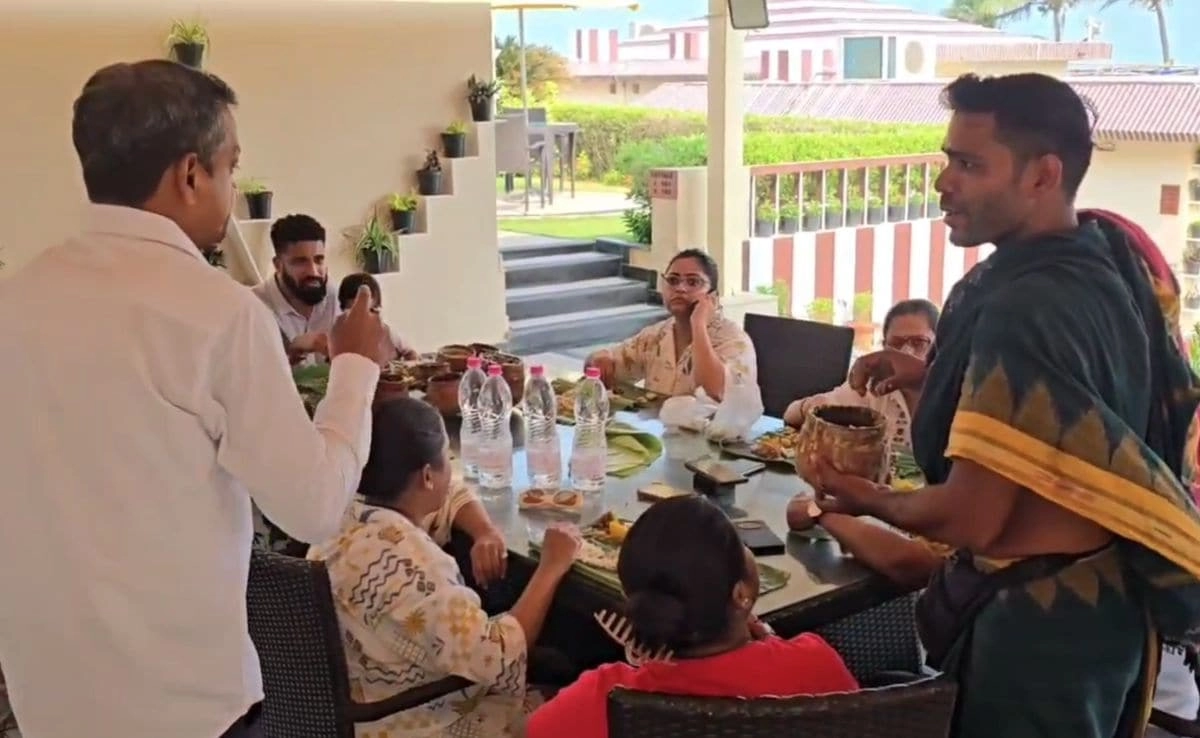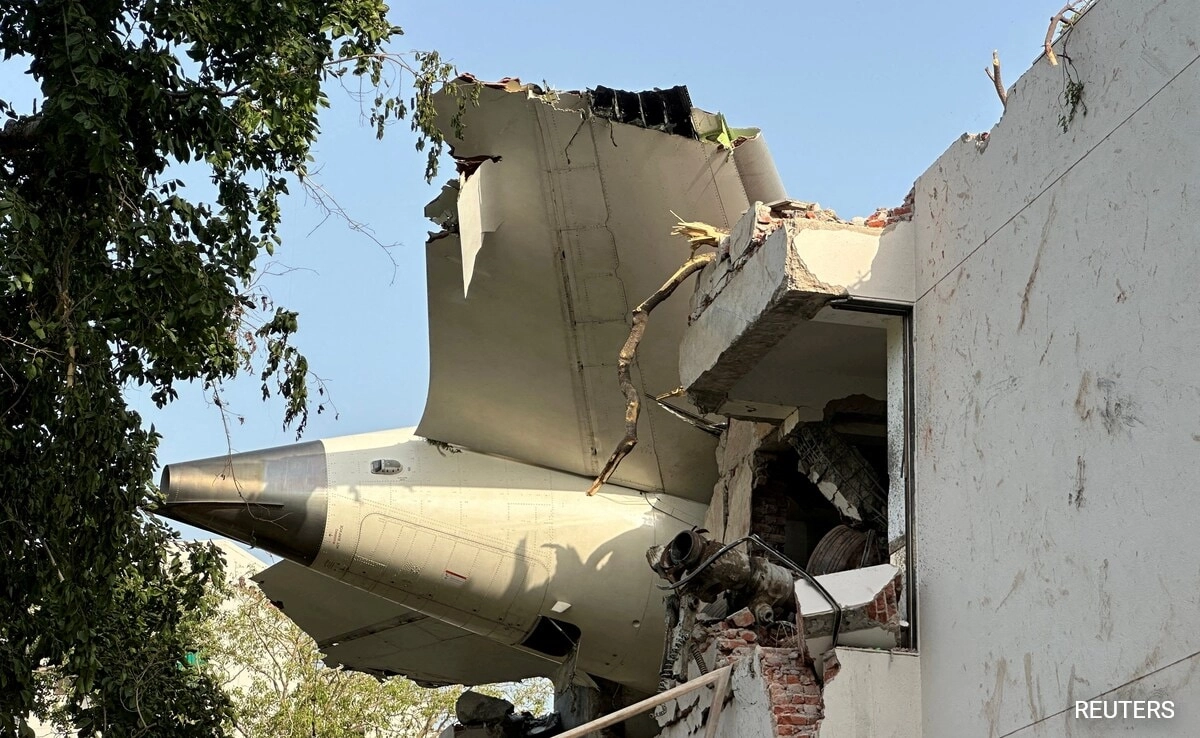A recent viral video featuring a priest serving food at a temple in Puri has ignited a significant controversy. The footage, which shows the priest dishing out prasadam—a sacred offering to deities—on a dining table, has drawn mixed reactions from the public and religious communities alike. Traditionally, prasadam is served in a more ceremonial manner, often on the floor or in designated areas within the temple. The priest’s choice to use a dining table for this holy offering has raised eyebrows, with many questioning whether it aligns with the sanctity of the rituals involved in temple offerings.
Critics argue that serving prasadam on a dining table diminishes its spiritual significance, suggesting that it commodifies what is meant to be a divine blessing. This incident has sparked a broader debate about the evolving practices within religious institutions and how they adapt to contemporary lifestyles. Supporters of the priest contend that the act is a reflection of modernization in religious practices, allowing for a more inclusive and accessible experience for devotees. They believe that such adaptations can help attract younger generations to participate in traditional practices without feeling alienated.
As the video continues to circulate on social media, the discourse surrounding it has intensified, with opinions sharply divided. Some view it as an innovative approach to engage with a modern audience, while others see it as a departure from traditional values that could lead to further changes in how religious rituals are perceived and performed. The incident has also prompted discussions on the importance of maintaining cultural heritage in a rapidly changing world, emphasizing the need to find a balance between tradition and modernity.
Ultimately, the video of the priest serving prasadam on a dining table serves as a microcosm of the ongoing tensions between tradition and contemporary practices within religious settings. It invites a deeper reflection on how communities can honor their customs while also embracing change. As discussions continue, it remains to be seen how this incident will influence future practices within the temple and beyond, as well as its impact on the relationship between spirituality and modern dining experiences.




